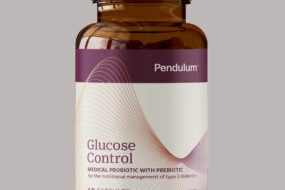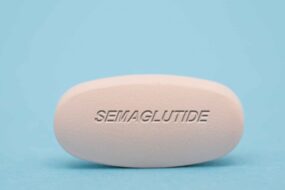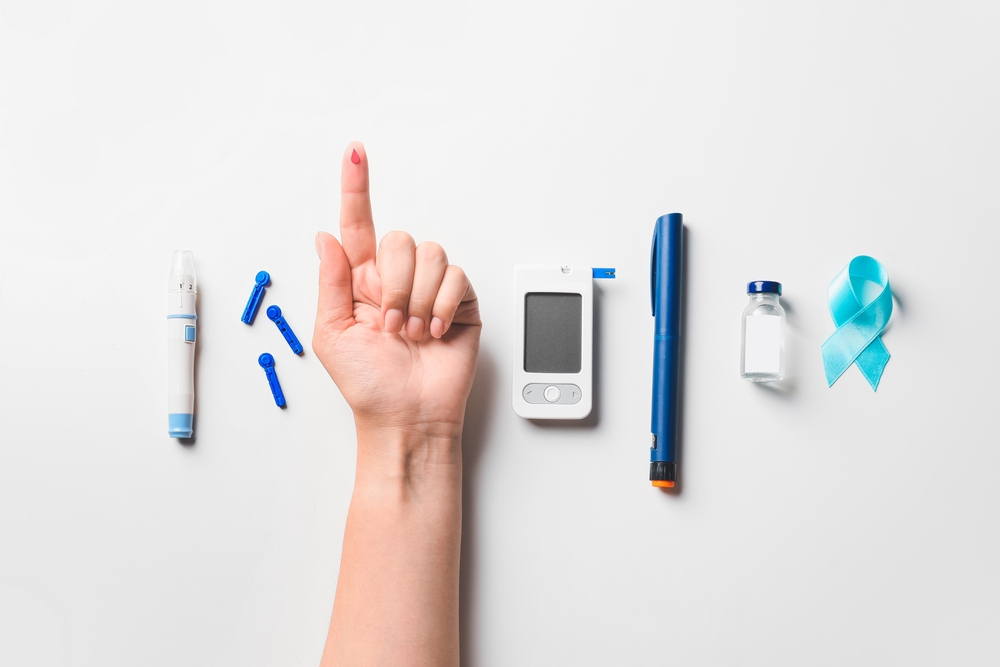
The NICE guidelines for diabetes are being updated to incorporate more real-world data and observational studies. Previously, NICE had largely used randomised control trials and Cochrane reviews for evidence. The latest update reflects the views of 32 stakeholders, who supported the changes and proposed additional areas for further research.
Table of Contents
SGLT2 inhibitors
The Nice guidelines for SGLT2 inhibitors have been updated, with a few changes. These guidelines are intended to help prescribers choose an appropriate drug for people with diabetes who are at risk of cardiovascular disease. They also take into account the potential side effects of SGLT2 inhibitors and other important factors such as quality of life. Another change is the inclusion of a recommendation for people with cardiovascular disease to receive a SGLT2 inhibitor alongside metformin.
The updated NICE guidelines for SGLT2 inhibitors for diabetes are available online and in print. Despite their recent popularity, these drugs are still considered to be relatively new in the treatment of diabetes. However, their cardiovascular benefits have already been proven. In addition to diabetes, they also have significant benefits for people with chronic heart failure and established atherosclerotic CV disease.
People with type 1 diabetes should consult their health care provider if they experience a serious adverse event while taking SGLT inhibitors. If they experience frank DKA or are hospitalized, they should stop taking the drug and begin taking injectable insulin. If they are using an insulin pump, they should consult their healthcare provider and troubleshoot before restarting the pump. They may need to inject intravenous insulin or receive intravenous fluids.
The Nice guidelines for SGLT2 inhibitors for diabetes are expected to result in more widespread prescribing. Moreover, it is anticipated that the use of these drugs will result in cost savings for healthcare providers. Additionally, the increased use of these drugs is expected to lead to a reduction in cardiovascular and end-stage renal disease.
Insulin
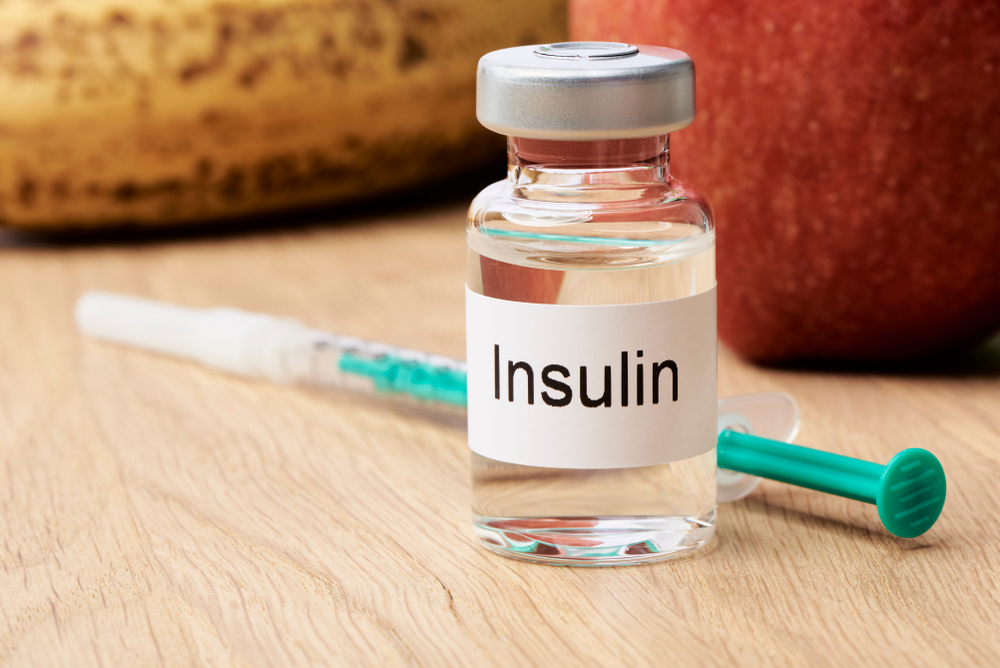
The new NICE guidelines for diabetes and pregnancy were published in February 2015. They include recommendations on pre-conception care, gestational diabetes, and postpartum care. The guidelines call for careful monitoring of blood glucose levels and fetal growth. However, some medications should not be used during pregnancy. Nevertheless, the guidelines stress the importance of individualized care.
The guidelines also recommend the use of additional insulin in women with diabetes. This should be done after informed consent has been obtained and documented. The NICE guidelines for diabetes and pregnancy also include information on the timing and mode of delivery. A woman who has diabetes and a healthy fetus should be offered an elective vaginal birth if she has completed 38 weeks of pregnancy. In addition, diabetes should not be a contraindication for vaginal birth after caesarean section.
The updated guidelines also stress the importance of evaluating the risk of hypoglycemia. They describe low blood sugar as an urgent issue and encourage healthcare providers to look at patient's frequency of low blood glucose. They also recommend educating patients on hypoglycemia and adjusting therapy to treat it.
Women with diabetes and pregnant women should be offered a meter for self-monitoring of blood glucose levels. They should be given instructions on how to use it and should be encouraged to increase the frequency of self-monitoring. This self-monitoring should include fasting, pre and postprandial blood glucose levels.
The NHS Health Check programme is a significant part of the NSF for Diabetes. It has contributed significantly to preventing complications of diabetes. Moreover, the Department of Health's new policy on preventing premature death and improving quality of life for those with long-term illnesses also highlights the importance of promoting health care for people with diabetes.
Glucose monitoring
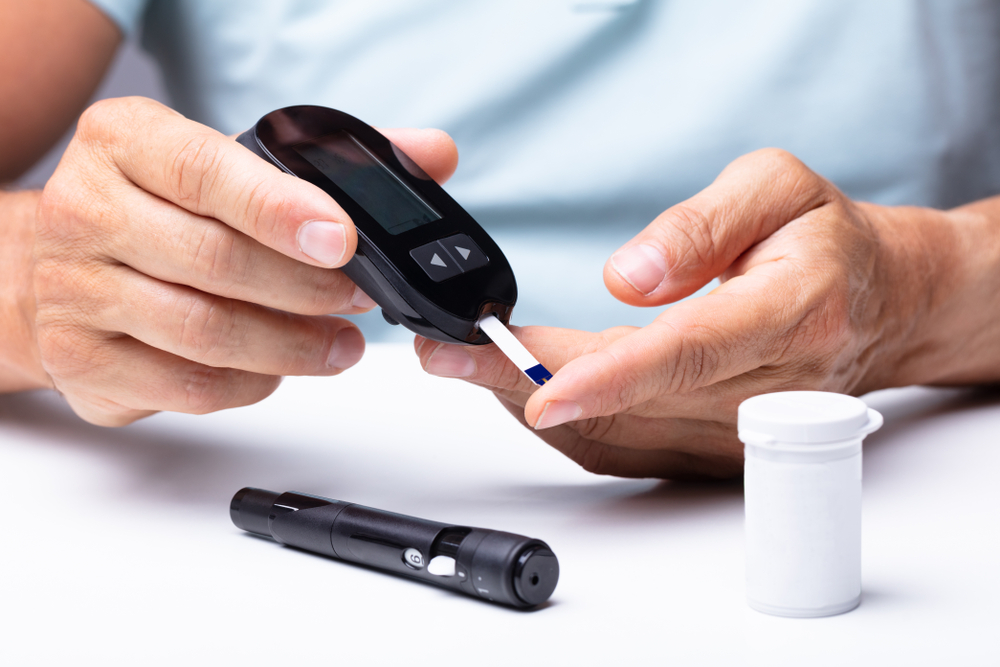
The latest NICE guidelines for glucose monitoring endorse both real-time continuous glucose monitoring (CGM) and intermittently scanned glucose monitoring (IsCGM). The new guidelines will help shape diabetes care within the NHS, and will help people with diabetes to better manage their condition. In addition, they will improve patients' quality of life.
The guidelines recommend testing blood glucose six to ten times a day before meals and before bed. They also include tests before certain activities, including driving and high-risk sport. Those with diabetes should also follow NICE guidelines for glucose monitoring during pregnancy. It is a good idea to consult with your healthcare team about how often you should test your blood glucose levels, based on when you last ate and how much insulin you're taking.
While the NICE guidelines do not contain specific recommendations for the use of flash glucose monitoring, UK guidance states that children aged four and older should receive such a device. Further, diabetes UK published a consensus guideline for the use of flash glucose monitors. Moreover, some children are already receiving these devices on the NHS.
A study based on a simulation study showed significant cost savings from flash glucose monitoring compared to a constant monitoring method. The cost savings compared with the base case were particularly notable in patients with T1DM who experience frequent hypoglycaemia. The authors also found that this method could reduce the risk of nocturnal hypoglycaemia.
Glucose monitoring is an essential part of managing diabetes. Blood glucose levels should be checked at least four times a day, preferably before meals and before bed. However, you may need to test more frequently if you exercise, drive, or are ill.
Angiotensin receptor blockers
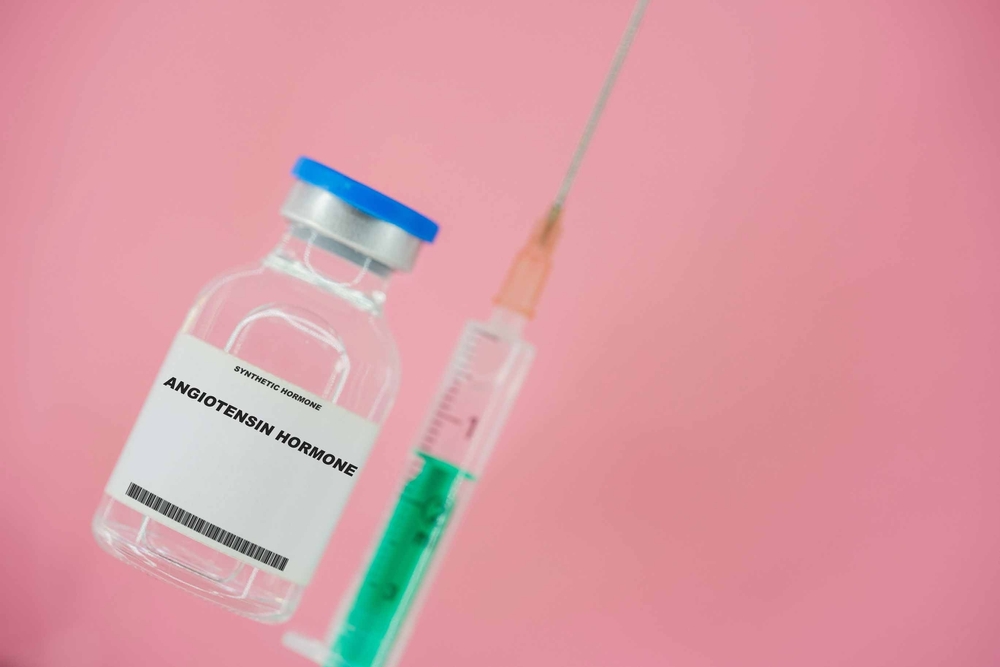
Angiotensin receptor blockers (ARBs) are effective in lowering blood pressure, and are therefore recommended as the first-line treatment of patients with hypertension. However, the use of these agents should be tempered by the potential for side effects. The authors of the study used randomised evidence from large pharmacological trials to support their recommendation. The results of the trial showed that patients who took ARBs had a lower risk of developing type 2 diabetes.
There is a range of antihypertensive drugs, but some have a higher effect on blood pressure than others. ACE inhibitors and angiotensin II receptor blockers were found to have the highest protective effect, while calcium channel blockers had the least protective effect. Calcium channel blockers, b blockers, and thiazide diuretics were found to increase the risk of type 2 diabetes.
In addition to reducing blood pressure, ARBs may also improve renal function. Their ability to block the activity of the renin-angiotensin system may increase their protective effect on diabetes. Additionally, they can inhibit the release of reactive oxygen species and improve insulin resistance.
ARBs and ACE inhibitors differ in their mechanism of action. The former inhibits the production of angiotensin II, while the latter inhibits the activity of angiotensin-converting enzymes. ARBs have a longer elimination half-life than ACE inhibitors.
Other effects of ARBs are not clear, but the research suggests that the use of olmesartan and losartan is not associated with a lower risk of diabetes. However, this difference does not seem to be associated with the activation of PPARg. Further study is needed to confirm these results.
Repaglinide
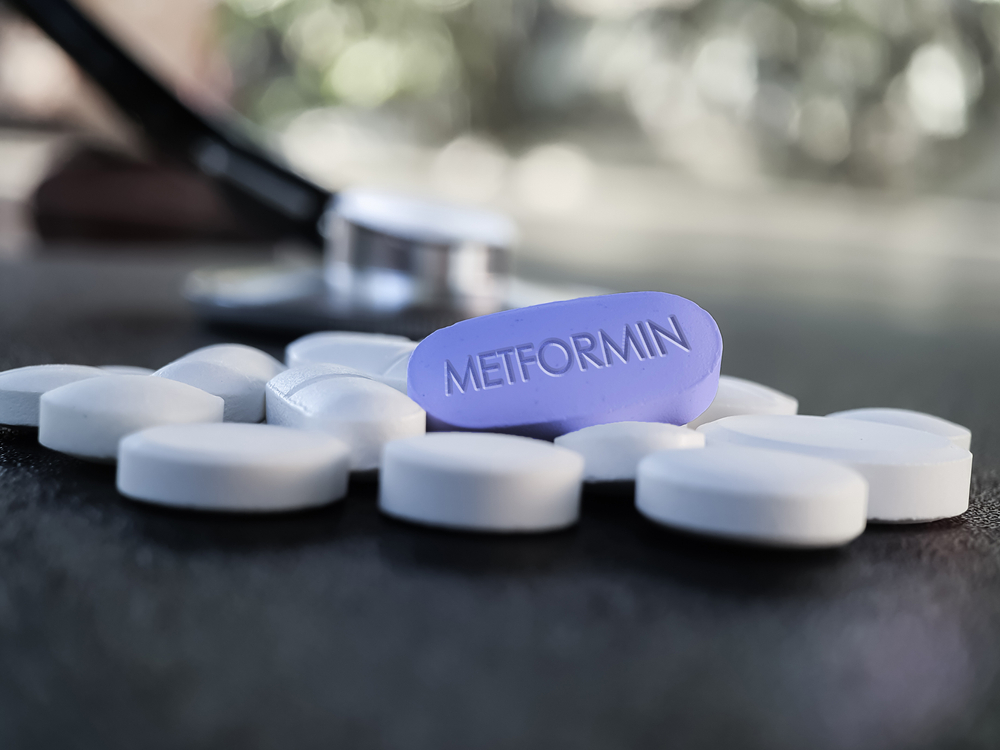
Repaglinide is a diabetes drug that may be used alone or in combination with other antihyperglycemic drugs. It has been approved for use in patients with type I diabetes and has been used in patients with chronic kidney disease. It is considered to be a safe alternative to metformin and sulfonylureas. Patients should follow the instructions of their physicians when taking the drug. They should also wear a diabetic identification bracelet so that they can be treated properly in case of an emergency. Their pharmacist should also be able to answer any questions regarding the prescription.
Repaglinide is an antihyperglycemic drug for the treatment of type 2 diabetes. It reduces blood glucose levels by stimulating the pancreas to release more insulin. The medication is inexpensive, but it has some drawbacks. For one, it requires a significant amount of self-monitoring, requiring an up-titration every two weeks. Additionally, repaglinide has a limited license and many combinations of the drug with other glucose-lowering drugs are ‘off-license'. This is one of the reasons it is withdrawn from the guideline.
The National Institute for Health and Care Excellence (NICE) recently reopened its consultation on diabetes guidelines. It had received criticism over its previous drafts, including accusations of putting an excessive emphasis on cutting costs and not on the care of patients. Critics have also criticized NICE's position on repaglinide, a drug from Novo Nordisk in the meglitinide class.
Repaglinide is an insulin secretagogue that works by binding to the receptors on the beta cells of the pancreas. It also blocks a potassium channel on beta cells, a similar mechanism to sulfonylureas. However, it is important to note that repaglinide should not be used in conjunction with sulfonylurea drugs.








